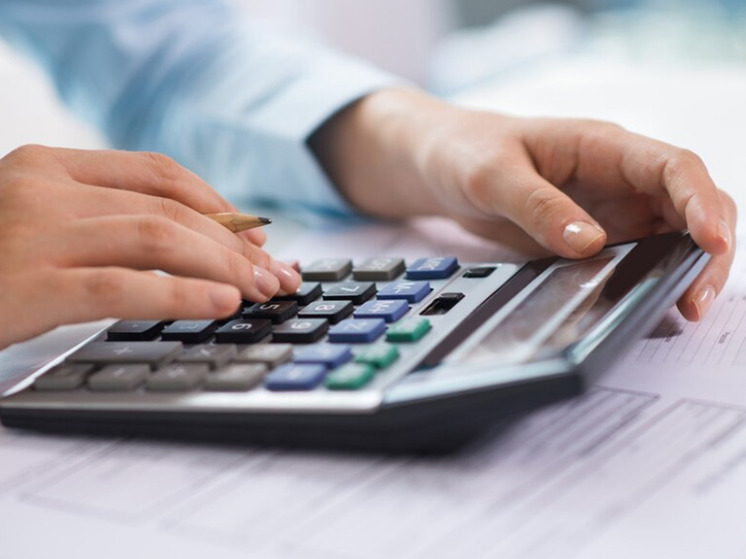Economists' opinions differed
The increase in the Central Bank's key rate on October 27 to 15% turned out to be higher than market expectations, which until recently believed that the regulator would not rush and sharply increase its indicator, but would limit itself to growth rates by only one percent, to 14%. The dollar, which increased to 94 rubles at the beginning of Friday trading, immediately began to gradually lose its position. We have collected forecasts from leading financial analysts about the exchange rates of the ruble, dollar and euro.

“The Bank of Russia continues to tighten monetary policy in response to growing inflation risks. The decision to raise the key rate to 15% will lead to a cooling of the consumer lending market due to an increase in borrowing costs and will increase the attractiveness of bank deposits. The Central Bank's measures will continue to support the national currency, which is aimed at growth against the dollar and euro to the levels of 90 and 95 rubles, respectively, by the end of the month.
“The Central Bank decided to raise the key rate — this was quite expected. Now at the end of the year, inflation is projected to be in the range of 6-8%, and by the end of 2024 the regulator expects to return to the target of 4%. Without tightening monetary policy, this is unlikely to be achieved. The new value of the key rate will strengthen domestic banknotes by 3-4 rubles compared to the main Western currencies.»
“The market expected a rate of 14% , but received 15%. This is a stark signal for all financial and manufacturing corporations — it is time to reduce investments and reduce credit lines. We can expect a fall in GDP. As a result, demand for imports will also decrease, which will lead to a strengthening of the Russian currency, possibly to 75-80 rubles per dollar by the end of the year.
However, this is not something to be happy about, since such a high rate will result not only in a decline in GDP and an increase in inflation, but also in an increase in unemployment. We should not forget that past periods of sharp and not entirely logical rate increases were, as a rule, accompanied by geopolitical troubles.”
“If the Central Bank had shown softness and left the key rate at the same level, then the value of the Russian currency would have gone down again, and the dollar exchange rate could have returned to 95 rubles or higher. Exporters could interrupt this trend by selling foreign currency earnings on the stock exchange; only the Russian authorities know their schedule, so the new terms for strengthening the “wooden” risked becoming difficult to predict.
The consensus forecast indicated an increase in the rate to 14%, therefore, even before the meeting of the Bank of Russia, the ruble exchange rate assumed this outcome. If the actions of the Central Bank coincided with the expectations of trading participants, then this would have virtually no effect on the value of the Russian currency.
Since the regulator’s decision did not coincide with investors’ expectations, the market reaction will be more volatile — the Russian currency will begin to strengthen towards 90 rubles per dollar. However, on the way we will have to overcome a powerful support area of 91.5-92.5 rubles for the “green” one, so the growth of the “wooden” exchange rate may still slow down.”
“For the ruble There are no new introductions. Firstly, the exchange rate is now formed not through interventions and other actions of the Central Bank, but through the obligations of exporters to sell foreign currency earnings. Secondly, no strong movements were recorded after the announcement of the rate, both in terms of the currency rate jumps themselves and the volumes of sales and purchases.
It goes without saying that the ruble will strengthen for some time, but This is also connected with the tax period — everyone needs rubles to pay fees to the Federal Tax Service. By and large, there is no global difference for the ruble now; let the rate be increased to 20% or reduced to 5%: the dollar will not fall to 70 rubles, and the American currency will not be allowed to rise to 110 rubles.”


